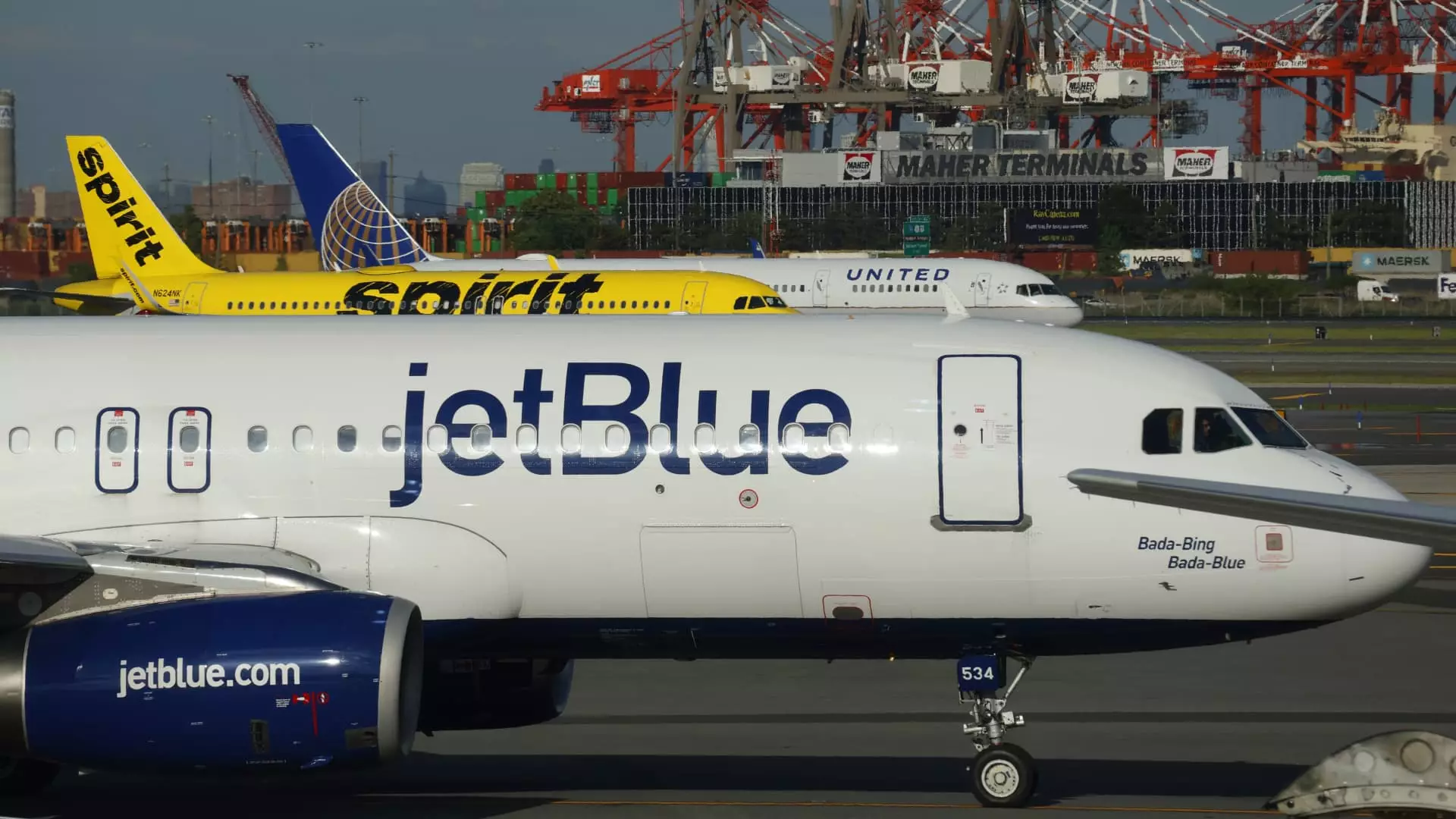Airlines around the world are facing a challenging economic environment due to a variety of factors, including the impact of engine repairs and decreased demand for air travel. As a result, many cash-strapped, low-cost, and deep discounter airlines have made the decision to defer billions of dollars in spending on new aircraft. This shift in strategy comes after years of clamoring for new jets to support growth and expansion plans.
Spirit Airlines, JetBlue Airways, and Frontier Airlines, which have historically focused on providing budget-friendly airfare options, have found themselves in a tight spot financially. While larger carriers have managed to return to profitability, these low-cost airlines are grappling with declining revenue and increased costs. The recent surge in flight offerings in the U.S. has led to lower fares, particularly in the domestic market, where these carriers have a strong presence.
One of the primary reasons for delaying new aircraft deliveries is the potential cost savings that airlines can achieve. By deferring the arrival of new planes, carriers like JetBlue Airways estimate savings of billions of dollars over the coming years. Additionally, extending leases on existing aircraft provides a way for airlines to navigate the current economic challenges and reduce operational expenses.
The airline industry as a whole is struggling with grounded jets from engine recalls, skilled worker shortages, and supply chain disruptions that have hampered production capabilities. Both Boeing and Airbus, the two main commercial aircraft suppliers, have faced difficulties in increasing output to meet demand. This has caused delays in the delivery of new planes, forcing airlines to adjust their growth plans and financial strategies accordingly.
Despite the challenges faced by budget airlines and ongoing disruptions in the aviation industry, demand for new aircraft remains relatively strong. Airbus and Boeing continue to receive orders for their respective aircraft models, indicating ongoing interest from carriers worldwide. However, the current environment of uncertainty and financial strain has prompted airlines to reassess their fleet expansion plans and consider alternative strategies for managing costs.
In response to the economic challenges brought on by the pandemic and other industry disruptions, airlines are actively seeking ways to mitigate cost pressures. This includes halting hiring, offering voluntary leave programs, and exploring sale-leaseback arrangements to generate additional cash flow. By adopting these cost-saving measures, carriers aim to navigate the current turbulence in the aviation sector and position themselves for long-term sustainability.
The decision by airlines to defer new aircraft deliveries represents a prudent financial move in light of the uncertainties in the industry. By prioritizing cost savings and operational efficiency, carriers can weather the current storm and emerge stronger on the other side. The challenges faced by budget airlines underscore the need for strategic planning and adaptability in the face of changing market conditions. As the aviation sector continues to evolve, airlines must remain agile and responsive to ensure their long-term viability in a dynamic and competitive industry.

